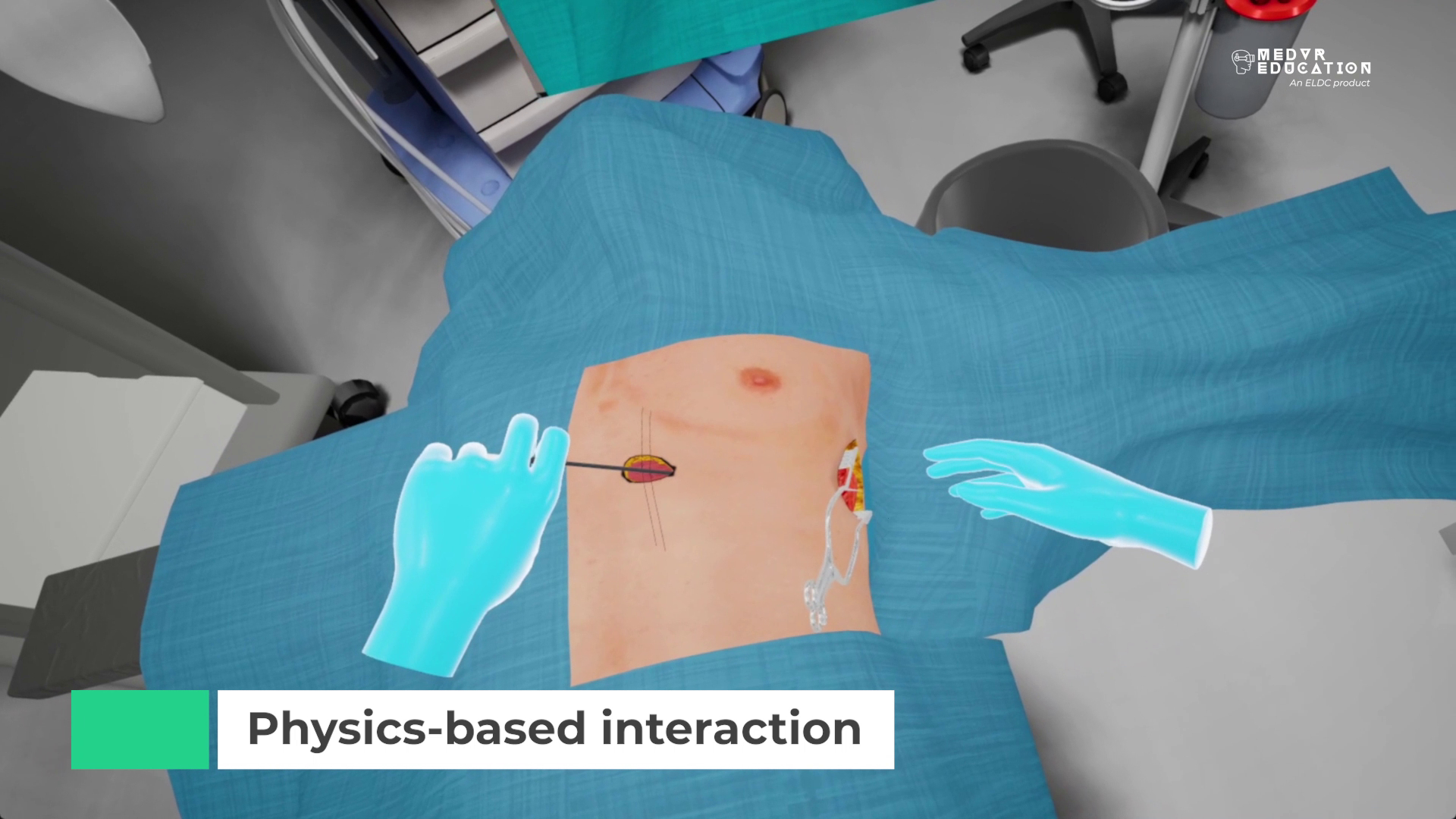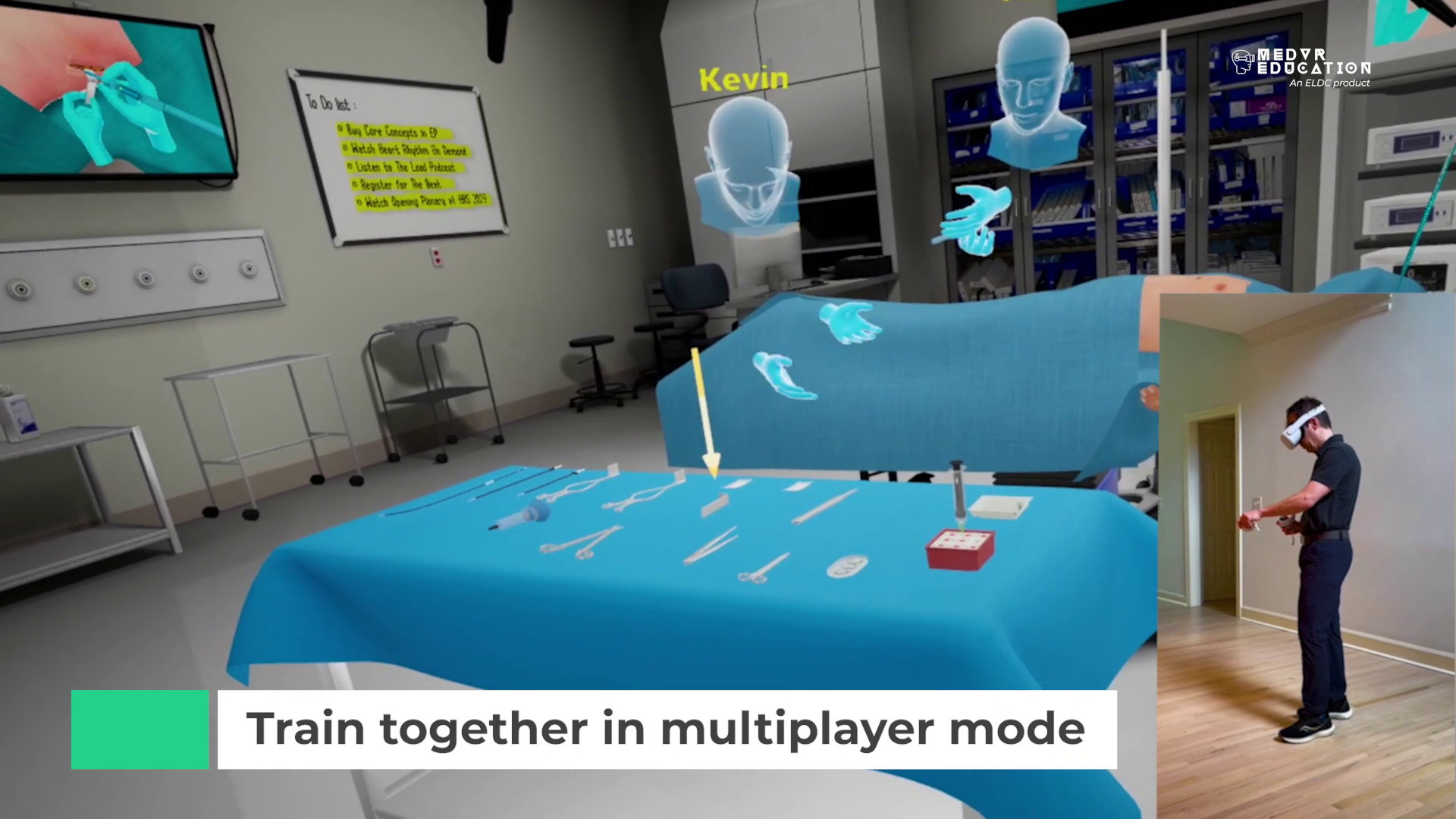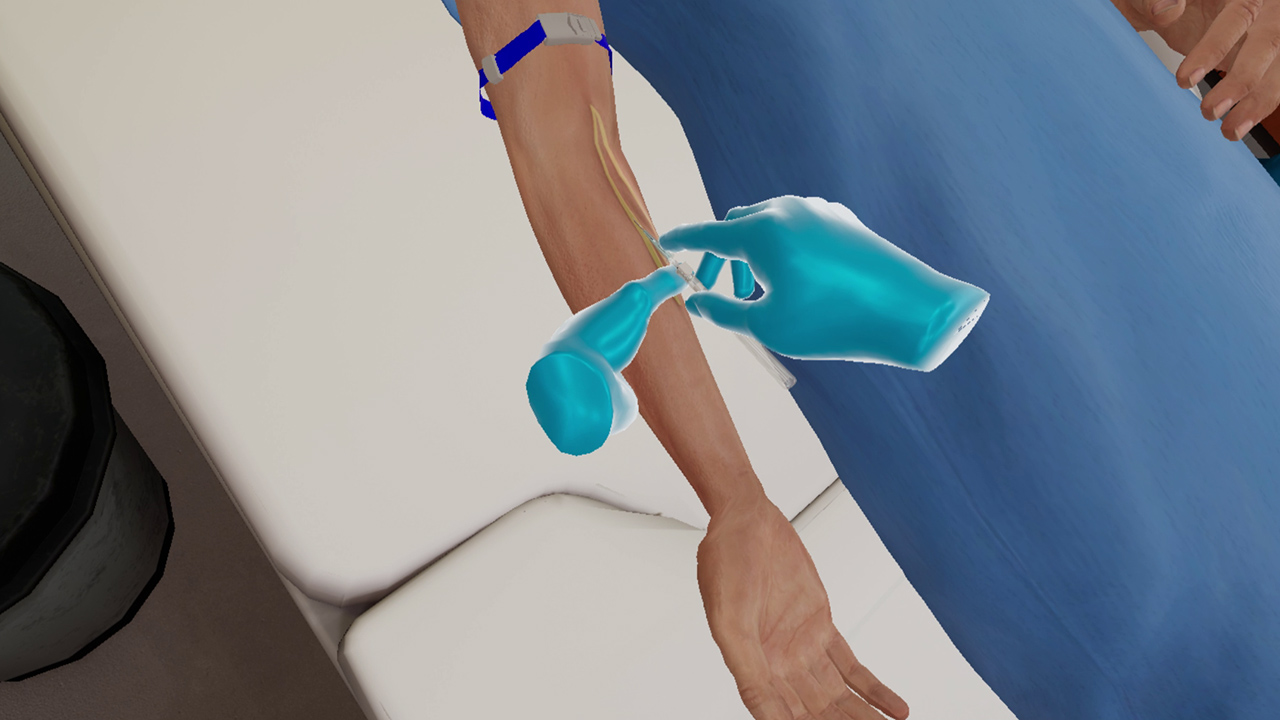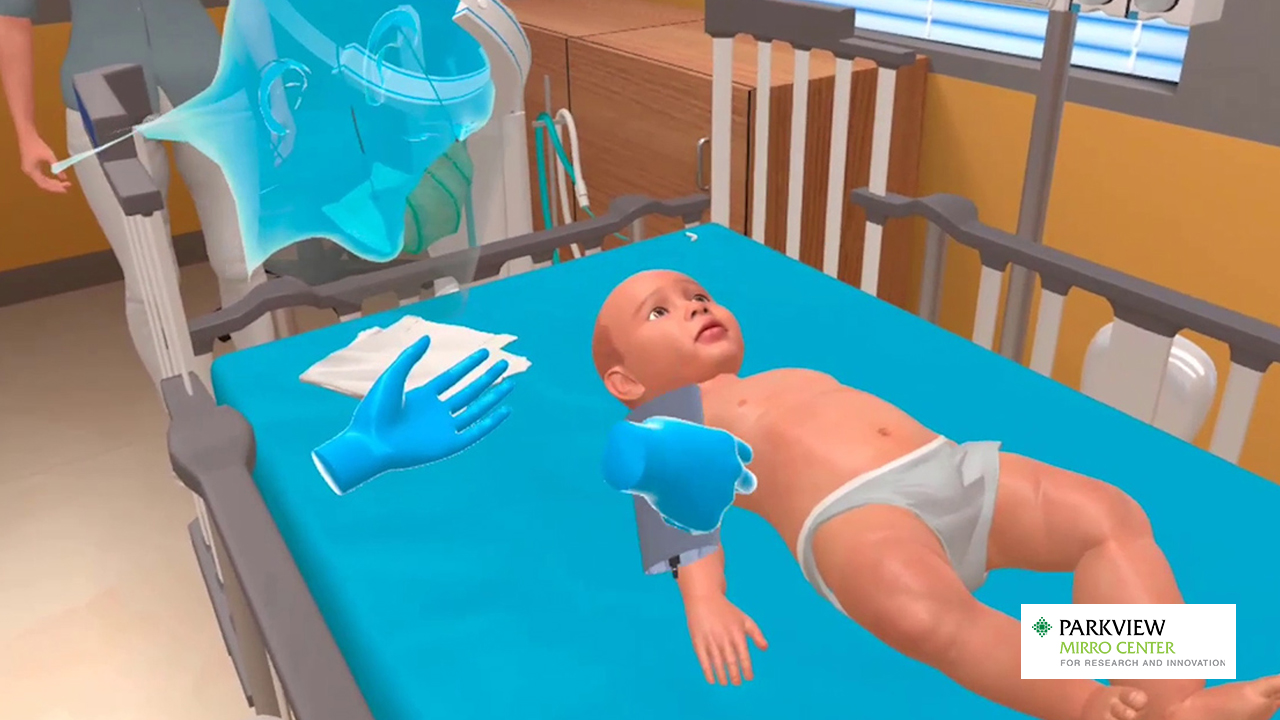
Heart Rhythm Society (HRS) is a leading resource on cardiac pacing and electrophysiology. MedVR Education is building the world’s largest XR healthcare library for training and assessments and leading the way in providing quality healthcare training. Both have combined their efforts to develop a VR curriculum for Heart Rhythm VR. This is poised to be one of the best and most effective training tools in the electrophysiology space as VR training is known to increase retention by 80 percent compared to traditional training methods. HRS is accredited by the Accreditation Council for Continuing Medical Education (ACCME®) and is awarded Accreditation as a provider of continuing medical education for physicians. Learners who complete Heart Rhythm VR modules may claim continuing education credits.
Through the Accredited Continuing Education (ACE) program, HRS supports members’ commitment to improve skills and knowledge through continued education. The core purpose is the betterment of patients’ health, which can be achieved through enhancing the abilities of specialists.
Heart Rhythm VR is a step towards providing professionals around the world the opportunity to “explore electrophysiology, advance their skills, and maximize their potential.” As Dr. Prashanthan Sanders, MBBS, PhD, FHRS of the University of Adelaide says, VR “allows a three-dimensional experience with instructions . . . and enables someone to have practical experience in how to perform the procedure.” Rajat Arora, CEO, MedVR Education reiterates this when he says that “training in VR is a dynamic experience. Learners become part of a photorealistic virtual space and they perform procedures with physics-based interactions.”

The first procedure in this range is the Subcutaneous Defibrillator (S-ICD) implantation with AF Ablation and Transcatheter Pacemaker in the pipeline. All modules consist of two modes, training and assessment. The training mode guides the learners through the procedure with written and audio instructions. Once confident of their skills, learners can attempt the assessment mode.
Benefits of training in VR
As Dr. Prashanthan Sanders puts it, VR is “taking procedure education to the next level. . . (not just) for novice in the field but also for EP fellows.” Training in VR means performing procedures in a virtual environment with a virtual patient. This training method offers learners hands-on experience and allows them to practice the procedure in a virtual space “before they get to do it on a human being,” as Dr. Michael S. Lloyd, MD, FHRS, of Emory University says.
– Realistic and immersive experience: VR training offers experiences close to the real world. As in the S-ICD implantation procedure Dr. Lloyd points out, it provides learners with the sense of “holding instruments, making incisions, making pockets” giving learners the experience of “actually doing tissue dissection and doing the procedure. Watching a webpage is so much different than being completely immersed . . . turning around and seeing a surgical table.”
– Physics-based interaction: Realism is not just in appearance but also in functionality. A feature like physics-based interaction captures and replicates the manner in which we interact with objects in the real world. This increases the immersive quotient and adds on to the realism of the procedure.
– Real-time assessment: MedVR Education simulations support multiplayer sessions. Participants can be learners as well as their proctors. This allows the proctors to conduct assessments in real-time. The fact that learners can be provided with instant feedback further helps solidify the learning.

– Build confidence: Performing a procedure in environments mimicking the real world provides learners with experiential learning opportunities. This develops familiarity with the process. Repeated practice sessions followed by assessments build confidence among the learners and instill in them the self-assurance that they can perform with certainty on a real human.
– Improve patient outcome: Building a trusting relationship with the patient is important towards positive outcomes of a procedure. This is possible if the healthcare professional is confident of their abilities to deliver efficiently. Practicing in VR provides learners the opportunities to practice and perfect their skills which leads to improved patient outcomes.
– Safe practice environment: “Mistakes can happen but it’s a low stakes game,” says Dr. Lloyd because the patient here is virtual. A learner can practice a hundred times without the risk of harming any human. Mistakes in the virtual field will deliver instant feedback and show the learner the adverse effect of their actions. This will serve as a learning step, helping understand the consequences of mistakes and the steps to take to avoid the mistake.
– Greater ROI: The return on investment in VR-based medical training is undeniable. The need for investment in physical simulation rooms and equipment and their maintenance is eliminated. Learners can strap on a headset and get started. One VR solution can be accessed by a whole group of learners, either individually or performing as a team.
– Widely accessible: An internet connection and an Oculus VR headset is all that a learner needs to practice these procedures. It does not matter which part of the world the learner is in or what time of the day it is.
MedVR Education’s collaboration with the Heart Rhythm Society has resulted in a groundbreaking VR training program for S-ICD implantation. As Schae Kane, Senior Manager, Digital Products with HRS says, “This innovative approach to education aligns directly with our strategic focus on digital innovation for the field and offering the best EP education to our members and the EP community.” As healthcare continues to evolve, embracing cutting-edge training solutions like MedVR Education’s VR training solutions is a vital step towards ensuring the highest standards of care in the industry. “Undoubtably, VR is going to be a game changer. It is a massive step forward in surgical training as EPs will get to practice procedures with realistic physics-based interactions. The cherry on the top will be the soon to be integrated haptic gloves with all EP procedures,” said Rajat Arora.
Contact us to know more about VR in healthcare training, or visit our MedVR Education webpage to explore the various programs we offer.


